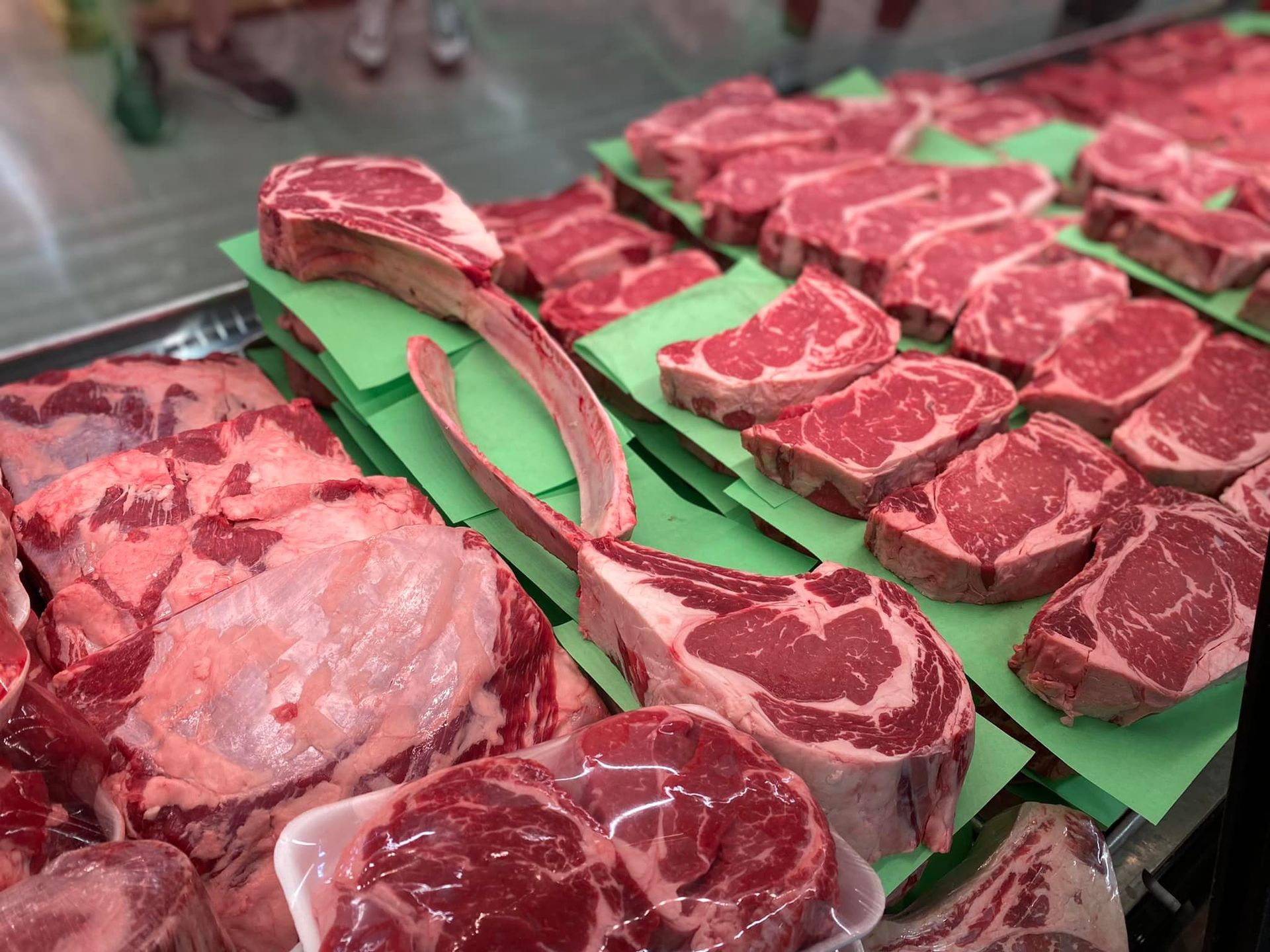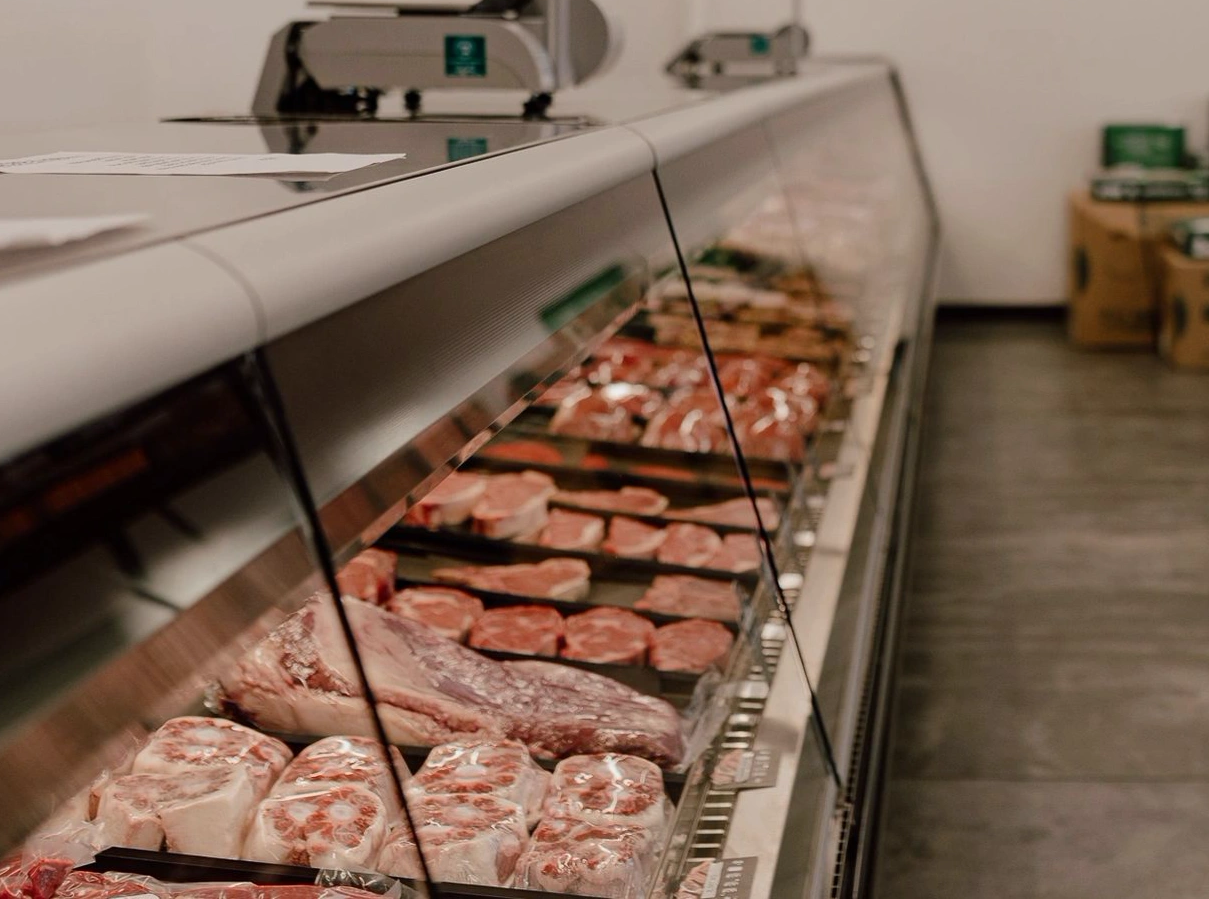Discover Fresh Cuts at Bagley Farms Meat Market Edwardsville IL for Your Following barbeque
Discover Fresh Cuts at Bagley Farms Meat Market Edwardsville IL for Your Following barbeque
Blog Article
Uncover the Art of the Butcher's Cut in a Modern Meat Market
In the ever-evolving landscape of modern meat markets, the butcher's cut has transcended its standard origins, combining age-old craftsmanship with modern methods. What truly establishes the modern-day butcher apart is their capability to build a much deeper link in between customers and the origins of their meat.
Evolution of Butchery Techniques

The mid-20th century saw butchery techniques further improved by clinical understandings into muscle biology and meat aging, enhancing both tenderness and preference. Developments like vacuum packaging and refrigeration extended product shelf-life, permitting butchers to diversify offerings and boost top quality control. This duration additionally marked the surge of customized devices, such as band saws and meat slicers, which raised accuracy and effectiveness in meat processing.
Electronic systems currently help in tracking pet provenance and optimizing cuts to fulfill details consumer preferences. Furthermore, a resurgence in artisanal butchery has actually arised, blending traditional abilities with modern-day understanding to provide to customers looking for ethical and lasting meat options.

Comprehending Meat Cuts

Comprehending the complexities of meat cuts is vital for both butchers and customers looking for quality and value. For butchers, specific cuts reflect skill and respect for the craft, making certain minimal waste and optimal yield.
The primary groups of meat cuts include primitive, sub-primal, and retail cuts. Butchers after that break these down even more right into sub-primal cuts, prior to ultimately creating retail cuts offered to consumers, like ribeye or tenderloin.
Comprehending muscle composition is crucial; muscular tissues made use of extra often by the pet have a tendency to be tougher and are best matched for slow cooking methods, while less-used muscle mass, like those found in the loin, are much more tender and ideal for cooking or roasting. Familiarity with these differences empowers customers to make informed options, enhancing their culinary undertakings.
Picking High Quality Meat
Selecting the ideal meat includes even more than just picking an aesthetically enticing item from the display screen. The art of selecting high quality meat calls for a critical eye and understanding of certain features that represent freshness and excellence.
Second of all, consider the marbling, which refers to the white flecks of fat within the muscle mass. Proper marbling is a crucial sign of inflammation and taste, as it thaws throughout food preparation, enhancing the meat's juiciness. Bear in mind, higher marbling often associates with superior quality cuts, such as USDA Prime.
Texture is one more vital factor; meat should really feel solid to the additional info touch, not slimed or excessively soft. Additionally, be conscious of the aroma. Fresh meat must have a clean, neutral scent, free from any type of sour or repulsive smells.
Pairing Cuts With Cooking Methods
Effectively combining cuts of meat with the appropriate food preparation approaches is important for accomplishing ideal taste and texture. These approaches boost the meat's natural tastes and make certain a find this juicy coating.
Alternatively, tougher cuts like brisket and chuck roast are rich in collagen, which breaks down right into gelatin when prepared slowly. These cuts are perfect for braising or slow-moving roasting, enabling the meat to soften with time and establish deep, complicated tastes. Cuts such as short ribs and pork shoulder get on well with slow-cooking methods, where extended cooking times change their durable structures right into succulent meals.
Lamb shanks and oxtail, which need extended cooking to soften, are best candidates for cooking or slow-moving simmering. These techniques coax out abundant, hearty flavors while keeping dampness. By comprehending the distinct characteristics of each cut, chefs and home chefs alike can elevate their culinary creations, making certain each recipe is both pleasing and memorable.
The Butcher's Role Today
Navigating the advancing landscape of the contemporary meat market, the butcher's role today expands past mere preparation of cuts. Contemporary butchers are culinary craftsmens, instructors, and supporters for lasting methods.
In enhancement to crafting specific cuts, butchers now engage directly with consumers, providing cooking guidance and customizing choices to match private demands and choices. Their knowledge in meat aging, marbling, and flavor accounts encourages customers to make informed choices, improving their culinary experiences. This tailored service exhibits the butcher's progressing duty as a trusted consultant in the kitchen area.
Furthermore, butchers are pivotal in lessening waste, making use of entire pets visit the website to produce diverse items such as sausages and supplies - bagley farms meat market edwardsville il. This extensive strategy not only values the pet yet additionally aligns with modern sustainability goals. By doing this, the modern-day butcher symbolizes both tradition and development, adjusting to an ever-changing market while preserving the virtuosity and integrity of their craft

Conclusion
Mastery in recognizing diverse meat cuts and high quality signs encourages butchers to provide educated suggestions, straightening particular cuts with optimum cooking approaches. By recognizing historic techniques while embracing modern needs, the butcher's role remains essential in today's advanced meat market.
Report this page